Filter by
Awarded Projects (335)
RSS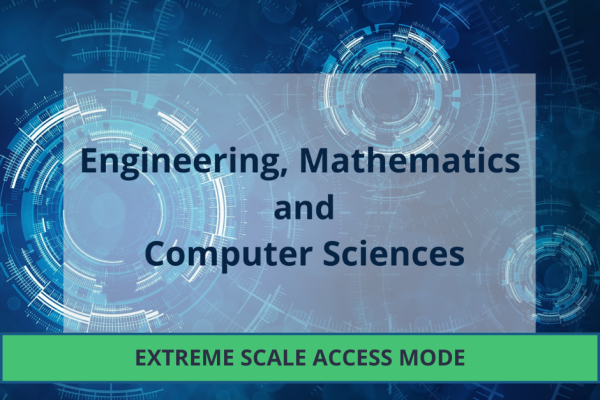
The Synthetic-data, Fair and Extreme-scaled Large Multimodal Model (SafeLMM) project will redefine the AI landscape by pioneering next-generation multimodal models that emphasise ethical and regulatory compliance.
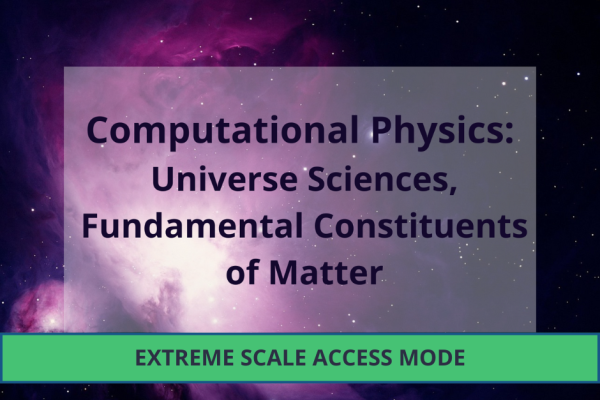
The current form of the Standard Model (SM) of particle physics fails to explain the observed matter-antimatter asymmetry in the universe. While the SM partially breaks charge conjugation parity (CP) symmetry, it does not do so to a sufficient extent.
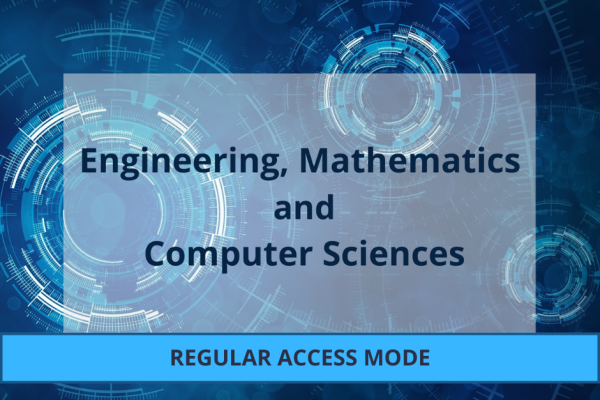
The project investigates the characteristic frequencies and length-scales of wall pressure fluctuations inswept shock wave/turbulent boundary layer interactions in the presence of cylindrical symmetry, based on analysis of a direct numerical simulations database.
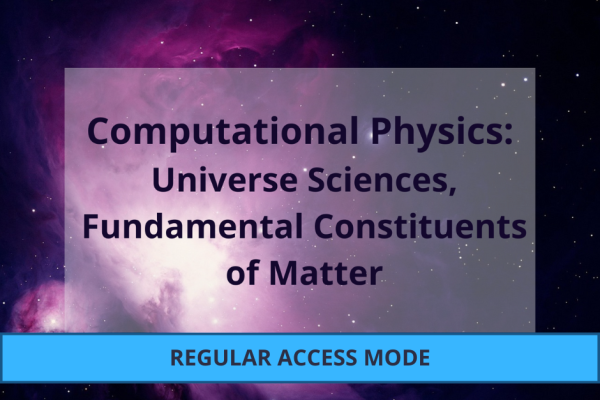
For the first time, this project will simulate the complex three-dimensional (3D) global kinetic interaction between the solar wind and the entire magnetosphere of Earth while maintaining true scales.

Understanding how nucleon properties emerge from quarks and gluons comprises one ofthe key goals of the Electron-Ion Collider (EIC) to be built at BNL.

How did the Earth and the other terrestrial planets form? Even though there are many models in existence that attempt to solve this question, all of them suffer from specific shortages that can only be overcome with next-generation computation facilities.
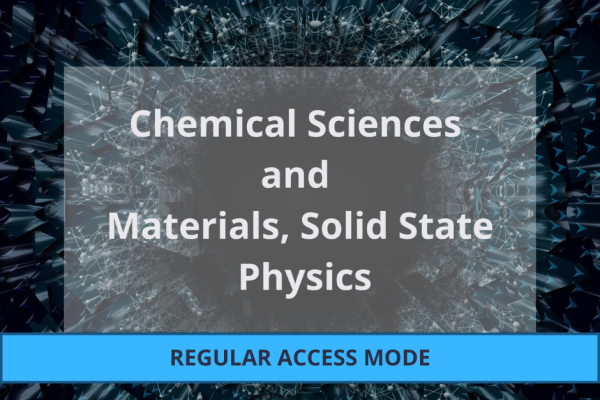
The atom-scale design of surfaces holds enormous potential for applications such as catalysis or superlubricating interfaces: Approximately 24% of the global energy consumption is lost to friction, while the chemical industry consumes around 29% of the energy in the manufacturing sector.

The origin of multiple stellar populations (MPs) in globular clusters (GCs) is one of the most puzzling issues of stellar astrophysics. Many attempts have been done both from observational and theoretical studies to unveil the enigma of their formation but, so far, a clear picture is still lacking.

The well established theory of strong interactions (Quantum Chromodynamics) has yielded a huge amount of understanding how the nucleon and other hadrons are built from quarks and gluons, the fundamental degrees of freedom in QCD.

Radiotherapy (RT) is one of the most frequently used methods for cancer treatment (above 50% of patients will receive RT). Despite remarkable advancements, the normal tissues tolerances continue being the main limitation in RT.